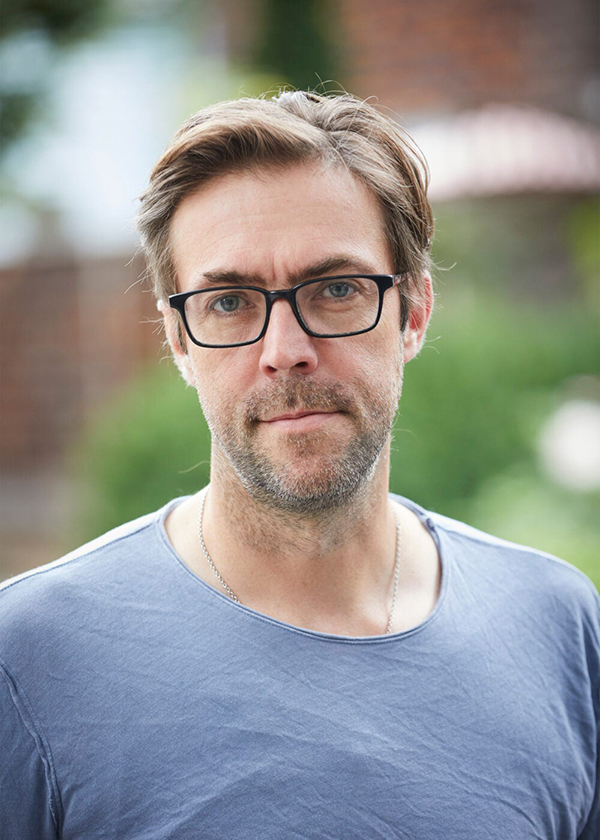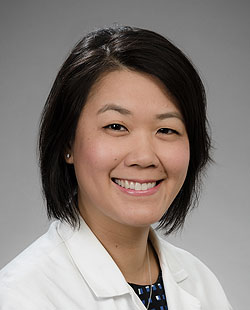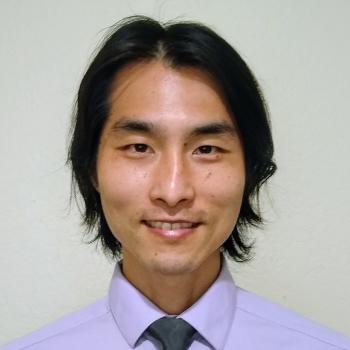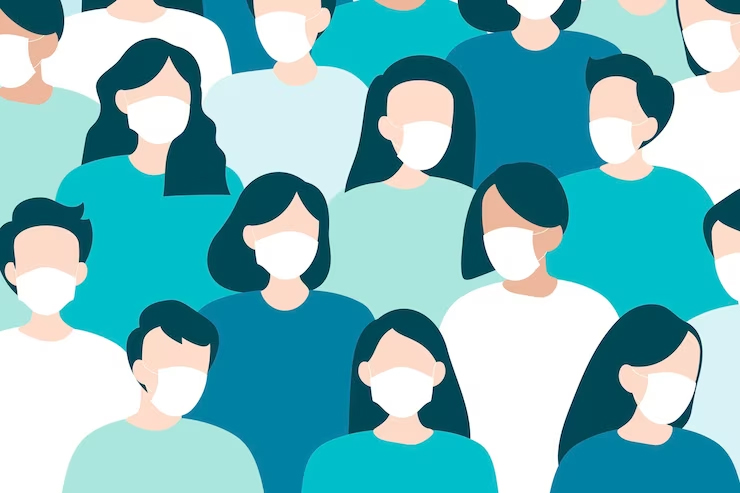By Mahlon Meyer
NORTHWEST ASIAN WEEKLY
At this time last year, Jon K. caught COVID-19. He didn’t have any symptoms, but it derailed his new career.
“It was a real bummer, because I was set to emcee a business conference,” said the 55-year-old Japanese American man who asked that his last name be redacted for professional purposes. “I had to call it off at the last minute.”
The organization found someone else. Jon, who was transitioning to the new industry, stayed at home isolating.
Deja vu
This year, as COVID-19 numbers tick up again, he is faced with a similar dilemma—but with the ominous knowledge of what happened last year.
Jon has been invited to a pivotal conference of industry experts—there should be about 100 to 200 people in an enclosed space—and he is weighing whether to wear a mask.
On one hand, the current strain is less virulent than last year’s. And the numbers haven’t risen a whole lot yet—at least compared to last year’s rise.
“The problem is if I wear a mask, it really affects my ability to communicate and make connections,” he said.
But, on the other side of the equation, this variant may be more transmissible, and it has surpassed XBB.1.16 according to Yale Medicine. Jon doesn’t want to get infected and ruin his chances, once again, to host the annual business conference—he has a second chance to be the emcee this year.
“Wearing a mask can reduce the chances of serious illness and the disruptions that COVID-19 causes,” according to the Washington State Department of Health.
The new dilemma: a rise but not as bad as before

Dr. Bill Hanage, associate professor of epidemiology and co-director, Center for Communicable Disease Dynamics at Harvard T.H. Chan School of Public Health (Photo courtesy: Harvard T.H. Chan School of Public Health)
Jon’s plight resembles the dilemma facing many Americans as they must navigate this new phase of the pandemic.
The current outlook presents a new type of paradox, according to Bill Hanage, associate professor of epidemiology and co-director, Center for Communicable Disease Dynamics at Harvard T.H. Chan School of Public Health.
While we are seeing a similar pattern as in past years—COVID-19 cases are increasing as the fall sets in—the extent of the carnage is still much less than in previous years.
In Washington state, there were 304 hospitalizations between Aug. 24 and 30, according to the Washington State Department of Health. Compared to the same period one month ago, there were 181 hospitalizations—almost a 70% increase.
The numbers are well below the 515 people that were hospitalized last year during this time.
“We can expect this increase to continue in the coming weeks,” Hanage told Northwest Asian Weekly. “But having said that, the numbers of hospitalizations have been extremely low over this summer. So this increase is not an indicator of any large change in the immediate future.”
Still, he cautioned, what will happen in the fall and winter “remains to be seen.”
A new equation: what will it cost you?

Dr. Crystal Wong, clinical assistant professor in the Department of Family Medicine at the University of Washington (Photo courtesy: UW Medicine)
Under such circumstances, people like Jon K. may find themselves making a new sort of calculation, said Dr. Crystal Wong, a clinical associate professor in the Department of Family Medicine at the University of Washington who treats COVID-19 cases.
At earlier times in the pandemic, health authorities urged the public to consider the threat to life and limb—that is, life or death—by not taking precautions against the pathogen, such as getting vaccinated or wearing masks.
Now, however, while they still preeminently caution people about the risk of adverse health effects and even death, they acknowledge that these days another major consideration is—how will getting sick affect your job or your children’s schooling.
“Even though the current mutations of COVID-19 aren’t causing such severe illness as some of the original strains, it’s still pretty burdensome if you catch it,” Wong said. “Besides the risk of long Covid, there’s missing work or your kids missing school or if you want to go on a trip and you have to change your plans.”
When there’s no choice
There is no mask mandate at present. It’s still a personal preference as to whether you mask up.
But there are certain factors, besides the impact on your life and health, that are still the same, as in the past, to consider.
If you’re at high risk of contracting a severe case of COVID-19 from the new variants, you should consider wearing a mask, said Wong.
Underlying conditions, such as chronic pulmonary disease or if you are immunocompromised, put you at risk of serious complications of COVID-19.
“If you had one of those conditions and you contracted COVID-19, you’re more apt to get the severe complications, be hospitalized, or potentially even die,” she said.
Those at high risk or who are concerned about infection “can use good quality masks such as N95s, KF94s and others to lower their risk of infection,” said Hanage.
Indoor spaces
If one decides to wear a mask, indoor venues are the best places to start—especially when they’re crowded.
“If you’re going to be indoors in an enclosed space with many other people,” said Wong, that would be the first place to wear a mask.
Examples are flying in an airplane or being in a crowded airport or concert hall with poor ventilation.
If you don’t want to wear a mask with friends, it’s an option to ask them to take an at-home COVID-19 test before visiting your home, said Wong.
“Most guests want to be respectful of their hosts. I don’t see this as any different than asking someone to take their shoes off in your house or saying, ‘We’re having a potluck, can you please bring something?’” she said.
Furukawa also encourages you to wear a mask particularly when there’s a double whammy of vulnerability—increased susceptibility and a dangerous environment.
“If you or your loved ones are at high risk of developing severe disease, wearing a mask, especially in high-risk settings, can be very protective,” he said. “Large group settings, poorly ventilated indoor spaces, and prolonged close contact with others are all factors that can increase your risk of exposure. Conversely, outdoor space with minimal close contact with others are low risk features for exposure.”
For more details on when to mask, review the DOH Mask Guidance.
 Protecting the vulnerable
Protecting the vulnerable
Another reason for wearing a mask is to protect vulnerable family members or friends.
“Do you live with someone who’s immunocompromised? Or do you have a child or partner or parent where it would be very bad for their health if they caught COVID? If that’s the case you probably don’t want to bring that home even if you know you personally would only get mild symptoms,” said Wong.
Hanage said the calculus is the same as if you had the common cold.
“As usual, it is sensible to avoid infecting those most at risk, such as older people. If you had an awful cold, you’d probably put off going to see grandma, and it is the same with COVID-19. If you are concerned, you can either delay or use a rapid antigen test,” he said.
Yuki C. (who also asked that her last name be redacted for privacy purposes) spends most of her days on the golf course as a semi-professional athlete. She appears the avatar of health—browned by the sun and muscled from all her play.
But if cases continue to rise, she plans to wear a mask when she goes shopping for groceries.
“It’s not so much for me,” she told Northwest Asian Weekly. “But my husband’s health is currently not so great, so I’d do it for him,” she said.
Jon K., likewise, always wears a mask when visiting his in-laws, who live in a retirement community.
“It’s a very well run and safe community, but we want to be 100% careful,” he said.
A new ethos
Indeed, Wong expects this ethos to spread to most employers who will calculate the damage if sick employees infect other employees.
“I hope that we are all at a place where if you’re sick, employers don’t expect you to come to work, whether it’s COVID-19, the flu, or the common cold,” she said.
In an ideal world, there would be no shame about wearing a mask.

Dr. Daisuke Furukawa, clinical assistant professor of Infectious Diseases at Stanford Medicine (Photo courtesy: Stanford Medicine)
“It is unfortunate that there is such a stigma against masks in this country. I recommend that you do what is best for you and your loved ones regardless of what society might think about masks,” Daisuke Furukawa, a clinical assistant professor of Infectious Diseases at Stanford Medicine, told Northwest Asian Weekly.
“I don’t think we should be judging other people if they want to wear a mask,” said Wong. “Or their feeling of any stigma if they just want to be careful.”
Instead, one should focus on wearing as comfortable a mask as possible.
“There are many different masks and respirators out in the market. I advise you to try out the different masks and respirators and find the one that is well-fitted and comfortable,” said Furukawa.
James Chen, a prominent local psychiatrist, said, “This issue is somehow becoming a political and personal rights issue. I would trust science more than other sources.”
As for the decision to wear a mask, “I recommend people be considerate and compassionate to the people around them, wearing masks or not—love one another,” he said.
https://doh.wa.gov/sites/default/files/legacy/Documents/1600/coronavirus/ClothFacemasks.pdf?uid=650b0d0798288
Why do masks work?
“Masks work because they act as a protective barrier against respiratory droplets that contain the virus, which is the main mode of transmission for all respiratory viruses including COVID,” said Furukawa.
A respirator such as an N95 can filter even smaller particles than droplets so the protective mechanism is enhanced, he said.
Still, some have doubted the effectiveness of masks, saying that the data for large populations is less than convincing.
Furukawa contested this.
“There is ample evidence to support the effectiveness of masks. Though the data is less conclusive at the population-level, it is definitely inaccurate to state that masks do not work,” he said.
Are we going to have to wear masks forever?
Furukawa said the answer is no.
Still, that does not mean immediate celebration nor that we can discard our masks instantly. The answer is—it will take time. And the measures we are familiar with are still indispensable for now.
“For the foreseeable future, is it likely that during certain seasons—for instance the flu season or during COVID surges—that it would be advisable to wear a mask, especially for vulnerable populations? I think the answer is ‘yes,’” he said. “With the COVID pandemic, the general public is much more knowledgeable about respiratory viruses and how we can protect ourselves from them. Even without COVID, practices such as good hand hygiene and mask wearing are good habits to continue to protect yourself from other viruses such as the flu.”
Mahlon can be reached at info@nwasianweekly.com.
Made possible in part by the Washington State Department of Health through a grant from the Centers for Disease Control and Prevention. This information does not necessarily reflect the official policies of the Washington State Department of Health or the Department of Health and Human Services.


